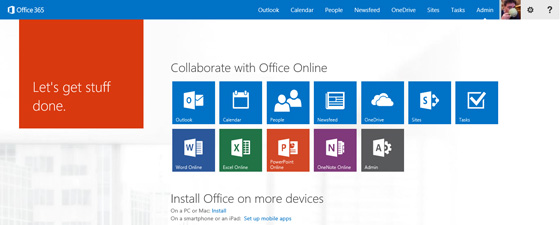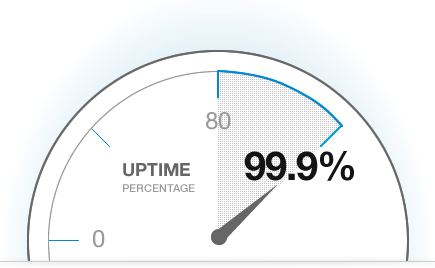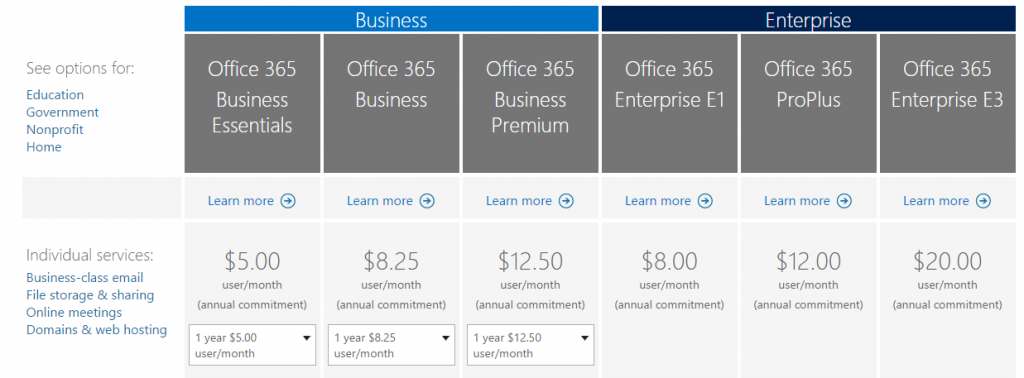Exchange On-Premise or Office 365 Exchange Online?
With Microsoft’s recent success of the Cloud based Office 365 system a lot of businesses are choosing to migrate their email systems from on-premises to the cloud, and with the launch of Microsoft Exchange 2016 around the corner there is q decision of whether to upgrade or migrate but the question for most business owners is am I ready for 365 and is 365 right for me?
Do I need Office 365 Exchange Online?
It’s a heck of a good question. There are many advantages of using Office 365 such as no future upgrade costs or server/hardware maintenance and the bundled Full Microsoft Office suite, it does seem very tempting.
Microsoft has been marketing their cloud services pretty hard and most believe that in the future the majority of MS software such as Exchange, Dynamics CRM and SharePoint will only be available through Cloud based subscriptions, we believe that everyone will need to migrate to 365 eventually unless you want to keep out of date platforms and software.
For the purpose of a comparison it’s like the move from regular mobile phones to smart phones, you can keep the old one if you wish but you will miss out on the advantages and features of the new technology.
What’s so special about Exchange Online anyway? Let’s go over a few of the key points comparing on-premises vs Office 365 Exchange Online.
Upgrades and Office 365 Migration:
Exchange Online has no upgrade costs to future versions and the updates and are applied by Microsoft themselves.
For example in the past an upgrade from Exchange 2007 to 2013 or from Exchange 2013 to 2016 might require a new server, a new server operating system such as server 2012, the Exchange 2013/2016 software itself and of course user licences for each user than requires an Exchange mailbox.
Depending on the version of Microsoft Office / Microsoft Outlook an upgrade for each PC might be required for an exchange upgrade due to compatibility issues.
This alone may cost your organisation $3000+ but wait, what about the IT professional required to preform the upgrade!
Migrating from on-premises to 365 varies depending on your current setup but is no more difficult then upgrading to a newer version of on-premises Exchange.
In the comparison of upgrades Office 365 Exchange Online wins.
Out of the box availability:
There are many great features inside of both flavours of Exchange such as:
• Outlook Anywhere (Enables you to setup your mailbox on a PC at home outside of the your office/organisation).
• Outlook Web Access or OWA (the ability to access your inbox through any device with a web browser).
Depending on how your on-premises Exchange was configured these services may not be available to you and an IT project will need to be undertaken to have these services working.
With Office 365 Exchange Online these services are available out of the box with no setup cost.
In the comparison of out of the box features Office 365 Exchange Online wins.
Backups:
If you are using on-premises then you will know everyday or every week someone within your organisation is responsible for bringing in a external hard drive or tape for the purpose of data backups and let’s not forget the backup software.
In the world of servers data cost money and to expand your capacity to cater for growth requirements can sometimes be costly, a server may need extra storage, then backups get larger etc.
With Office 365 Exchange Online you need not worry about backups as Microsoft replicates your organisations Exchange Database to its other data centers acting as a backup with multiple options for deleted item recovery in certain versions of 365.
Again, 365 takes the win.
Uptime & Downtime:
Microsoft’s uptime for this quarter was 99.99%. We have never experienced or heard of anyone who has had downtime issues with 365 and as mentioned in the backup section of this blog, Microsoft has multiple data centers and your company’s data is replicated across them, if one data center was to go down you would instantly be working from the next one with no service interruption, not too bad hey?
Your on-premises downtime comes down to your existing setup, if a server crashed what would be your recovery time? What does this mean for your business in terms of productivity? How much data would be lost?
The only downtime that you can have with 365 is if you loose internet connection but with on premises you will still be affected anyhow due to no inbound or outbound emails.
There are options for backup internet connections that we are able to implement for businesses where uptime for email is the utmost importance.
We are going to give the win to 365 for its out-of-the-box redundancy.
Speed & Bandwidth:
Whilst the majority who make the change to Office 365 will not experience any issues with bandwidth we still need to look into it.
The average internet connection speed for most businesses with a ADSL 2+ or Coaxial service will be more than adequate for the Cloud but speed tests and data estimates must be tested and researched before making the decision.
You may be unlucky and your office or place of business is too far from the telephone exchange, the cabling in your office could be very old and deteriorated or you might have a RDP server with multiple people working off-site. All these can severely impact the performances of 365.
For example, if you are running exchange in house now and your connection speed is 5mbps a migration to 365 might still be feasible but if you plan on sending large amounts of email data or utilising the 1TB of storage in OneDrive your more likely going to have a lot of frustration waiting for data to transfer day to day.
For scenarios like this an easier option may be a locally installed NAS box or basic file server to keep the large data in-house in order to avoid bandwidth consumption.
This can also impact the speed of your migration, if your users mailboxes are on average 8GB per user then the transition to the cloud can be slow and painful whilst waiting for each user’s mailbox to transfer to Exchange Online, even then once the transfer is complete there is the initial downloading of local data files when setting up Office 365 on each users PC.
This also raises concerns such as internet data limits, if your data is limited to 20GB per month you more likely will need to invest in a connection with more data depending on your company’s size and requirements.
Microsoft however has already thought about this and has built 365 in a way that it’s very conservative with its data usage.
Cost:
Exchange Online subscriptions start for as little as $4 per user per month
This is the basic package which provides enough features to migrate from an On-premises Microsoft Exchange.
Office 365 subscriptions start from $5 per user per month – This includes:
The full, installed Office applications Word, Excel, PowerPoint, Outlook, Publisher, and OneNote on up to 5 PCs or Macs per user.
Exchange Mailbox Size per user: 50GB
Microsoft One Drive storage per user: 1TB
The included storage is more than most businesses provide their users with on-premises.
There is a migration cost from on premises to Office 365 Exchange Online and this will vary depending on your organisation size / existing setup.
If you are interested in moving to 365 then please feel free to contact us as we would are more than happy to discuss your project.
You can read more about our cloud services here.








